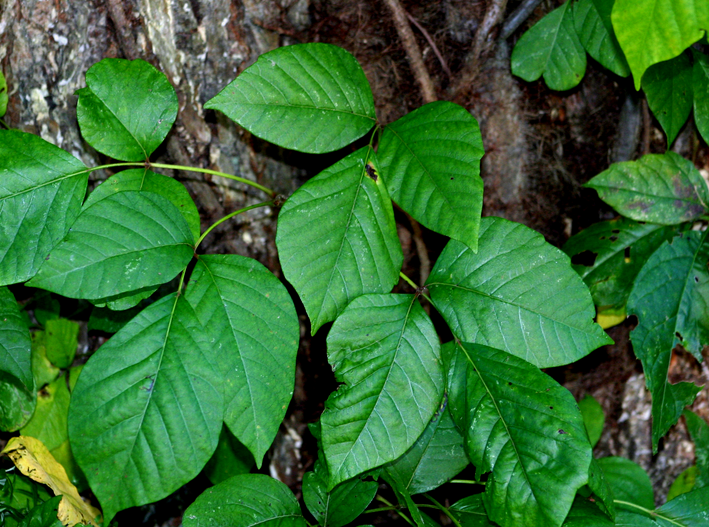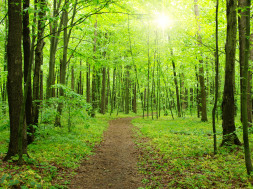
Have you ever encountered Mother Nature’s poison ivy? Well, if you have, we are sure that you felt it. Here is a list of 5 plants to avoid while camping.

1. Poison Ivy
Poison Ivy is predominant throughout North America in the woods, vines, open areas, and even onto sunlight-exposed rocks. They can appear as a shrub or a vine in a cluster of three leaflets. Unlike roses, they do not have thorns, but do have reddish hairs on the vines. They generally stay below 1 foot high as ground coverings that is why it is beneficial to wear high socks. Contact with this plant will cause itching, inflammations, and a potential allergic reactions. Calamine lotion and/or oatmeal baths can mitigate irritation after contact.

2. Poison Oak
Typically this plant is found on the east coast of North America and the mid-west. This poisonous plant often spawns in sandy soils and the forest about 1 meter in height. They come in small shrubs and have leaves of three that seem almost glossy and have rounded tips. Every inch of this plant is covered in urushiol. This is an oily organic allergen; dead poison oak is also still poisonous for a few years! Stay clear of this one, but if you do have contact, take an oatmeal bath as soon as possible and seek medical attention.

3. Poison Sumac
One of the most poisonous in our top 5 list, the poison sumac should be cautiously avoided. They are found throughout the Eastern United States and Canada in wet areas like bogs or swamps. It is a small shrub or tree with highly visible red veins running down the stem. On each stem there are generally 7-13 ovular shaped leaves and grey or cream tinted fruit berries attached. In relation to poison ivy, this actually stings much more when contact is made with the skin. It is important to use warm soapy water or else the oil from the urushiol chemical found in the plant, will bind to your skin after 15 minutes. Please be weary of this plant, as it can cause extreme pain.

4. Stinging Nettles
This plant in particular is not extremely poisonous, but still should not be underestimated. The abundance of this plant throughout the whole world is why it makes it to our top list. They tend to thrive in damp environments and reach heights of about 1 meter. The leaves are ironically heart shaped and finely toothed. After being in contact with this plant, a sensation of burning will be felt. Blisters may appear, but to alleviate some of this pain, you can apply Calamine lotion.

5. Devil’s Club
The plant can be mainly found in Western Canada in shaded places that are very damp, like in a rainforest or near a water source. In Latin, this plant is called Oplopanax Horridus or in other words a horrible weapon. Avoid this tall foe at all costs. These plants can grow up to 14 feet tall and are hard to miss. They have sharp prickles that run along each stem and sharp giant maple leaves. In addition, they grow white flowers in the spring that eventually become red berries. When the prickly spines break off under the skin, this will lead to boils, so avoid this plant.





